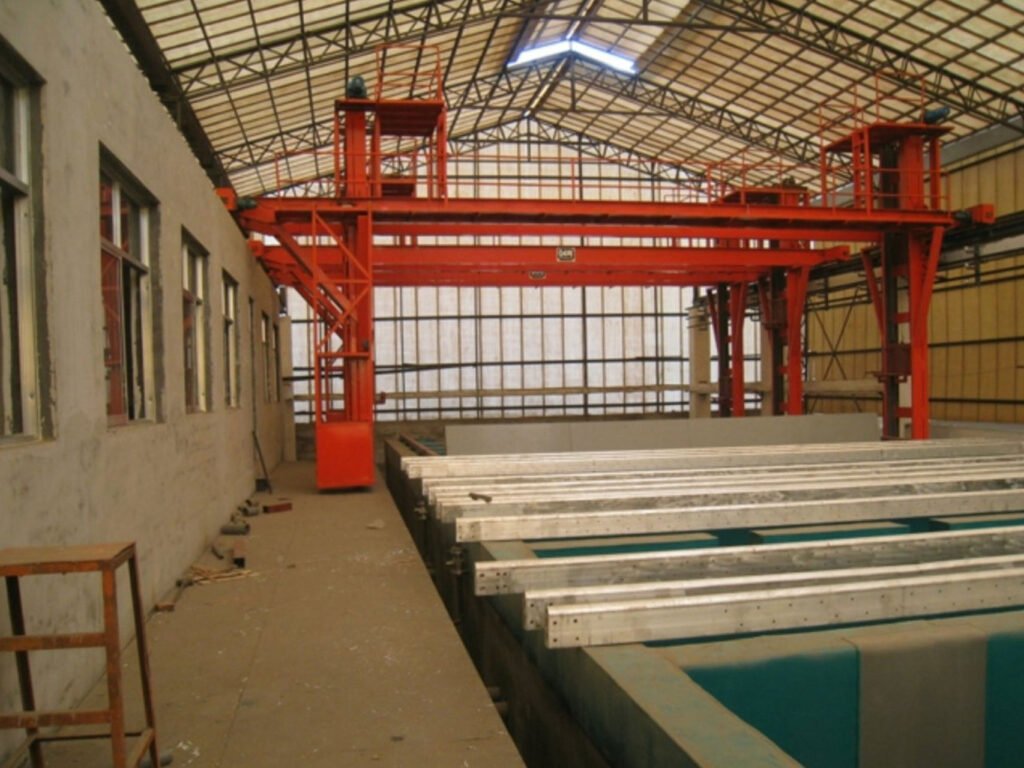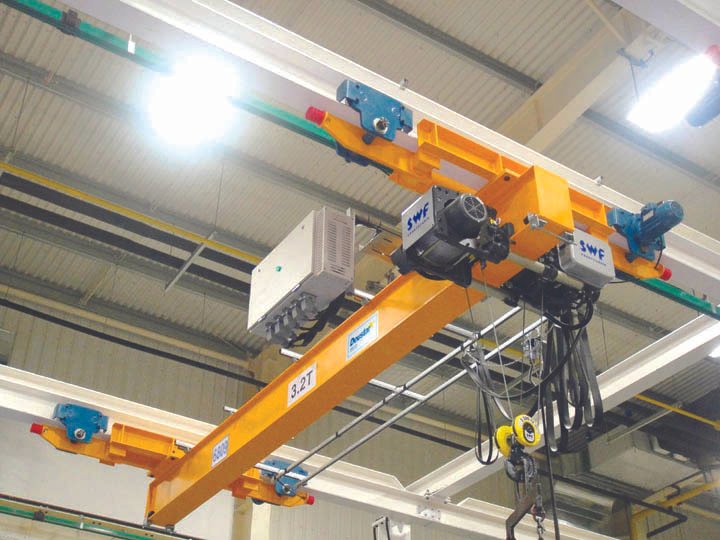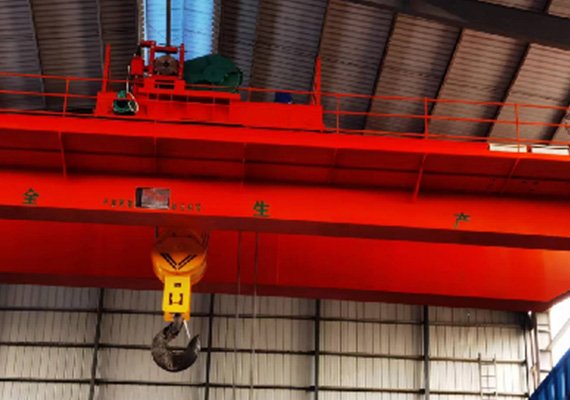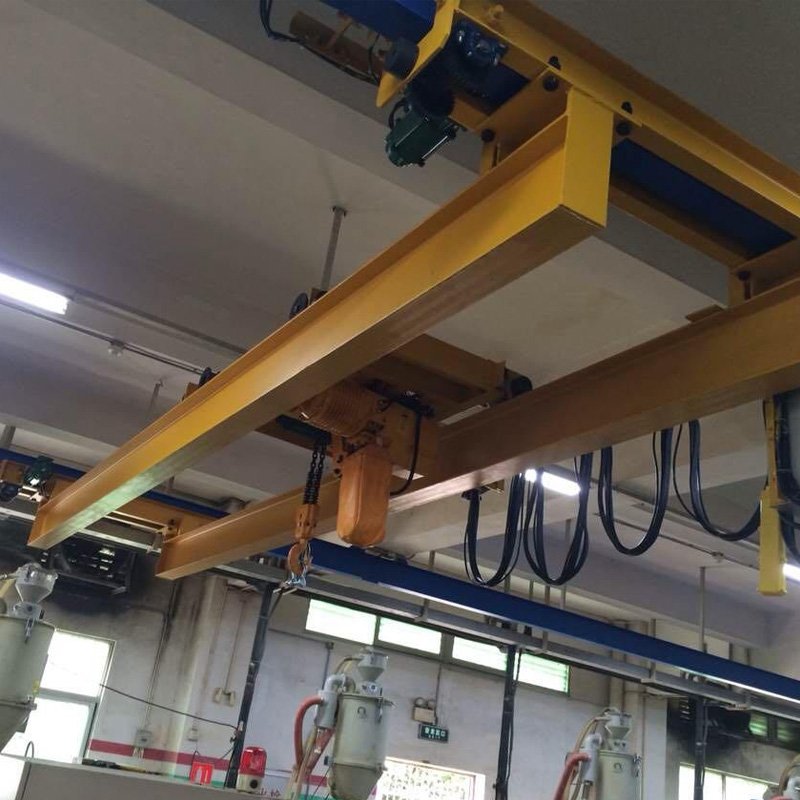In the world of automotive and industrial repair, efficiency and safety are always top priorities. Whether you are working in a busy auto repair shop or maintaining heavy machinery in a factory, lifting large and heavy components by hand is simply not practical. This is where the heavy duty engine crane becomes essential. Known for its strength, versatility, and reliability, this piece of equipment makes the task of lifting and moving engines or other heavy parts safer and more efficient. In this article, we will explore the main uses of a heavy duty engine crane in both automotive and industrial environments, along with its benefits and selection tips.
What Is a Heavy Duty Engine Crane?
Heavy duty engine cranes specialize in lifting engines and other oversized mechanical parts, handling their removal, installation, and transport. Unlike lighter hoists, it is built to support higher weight capacities, often ranging from 1 ton to 3 tons or more. Most models feature a hydraulic system for smooth lifting, adjustable arms for flexibility, and a foldable frame for convenient storage.
Compared with standard engine hoists, a heavy duty engine crane offers superior load capacity and stability, making it suitable not only for automotive applications but also for industrial and construction projects.
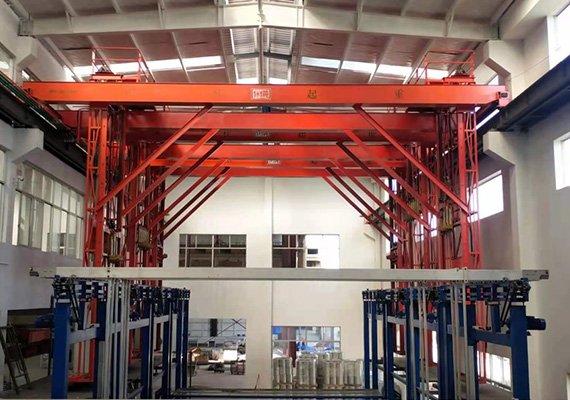
Uses in Automotive Repair
1. Removing and Installing Engines
The most common use of heavy duty engine cranes is in removing and installing vehicle engines. Engines in trucks, SUVs, and commercial vehicles are too heavy for manual lifting. Heavy duty engine cranes make it possible to lift, move, and reinstall machinery parts with minimal downtime.
2. Transmission and Drivetrain Handling
In addition to engines, many mechanics use the crane to lift transmissions, gearboxes, and drivetrain assemblies. These parts are bulky and awkward to move manually. Using heavy duty engine cranes ensures precise handling, which is especially important in tight workshop spaces.
3. Automotive Restoration Projects
For car restoration specialists, removing and reinstalling engines is part of the job. Classic cars, performance builds, or complete overhauls all require careful engine handling. Heavy duty engine cranes help restorers work more efficiently and professionally, lifting valuable components safely.
Uses in Industrial Repair
1. Heavy Machinery Maintenance
Industrial plants often rely on engines, compressors, and pumps that require periodic maintenance or replacement. These components can be extremely heavy and cannot be handled without proper lifting equipment. A heavy duty engine crane makes it possible to lift, move, and reinstall machinery parts with minimal downtime.
2. Manufacturing and Assembly Lines
On assembly lines, large components must be moved frequently to keep production running smoothly. Heavy duty engine cranes help streamline this process, reducing the need for excessive manual labor and minimizing workplace injuries.
3. Mining, Marine, and Aviation Applications
The versatility of a heavy duty engine crane extends beyond workshops and factories. In mining operations, it can be used to service large engines and drilling equipment. In the marine industry, it is essential for handling ship engines and heavy components. Even in aviation, cranes are used to lift aircraft engines during maintenance and repair.
Related article: How to Choose the Right Crane for Building Construction

Key Benefits of Using a Heavy Duty Engine Crane
- Efficiency: Lifting heavy loads becomes quick and effortless, saving valuable time.
- Safety: Reduces the risk of workplace injuries caused by manual lifting.
- Versatility: Suitable for automotive, industrial, marine, and aviation applications.
- Cost-Effectiveness: A long-lasting investment that reduces labor costs and increases productivity.
By integrating a heavy duty engine crane into daily operations, businesses and workshops can significantly improve their workflow while ensuring employee safety.
How to Choose the Right Heavy Duty Engine Crane
When investing in heavy duty engine cranes, consider the following factors:
- Load Capacity – Choose a crane that matches the weight of the engines or components you work with. Common options include 2 ton and 3 ton models.
- Hydraulic System – A reliable hydraulic mechanism ensures smooth and controlled lifting.
- Adjustability – Look for models with adjustable arms and booms for different lifting scenarios.
- Workshop Space – For smaller workshops, foldable or compact cranes are practical.
- Brand and Support – Select a manufacturer that offers strong after-sales service and spare parts availability.
Conclusion
A heavy duty engine crane is more than just a piece of workshop equipment—it is an essential tool for anyone handling engines and heavy machinery. From automotive repairs to industrial maintenance, it ensures safer operations, boosts efficiency, and saves valuable time. By choosing the right crane and using it correctly, workshops and factories can enjoy long-term benefits, from reduced labor strain to increased productivity.
If you are considering upgrading your workshop or factory with a reliable lifting solution, a heavy duty engine crane is one of the best investments you can make.
Contact us:
Mr. Liu
Phone/WhatsApp/Wechat: +86-13751538898
Email: yonghaoqizhong@163.com

